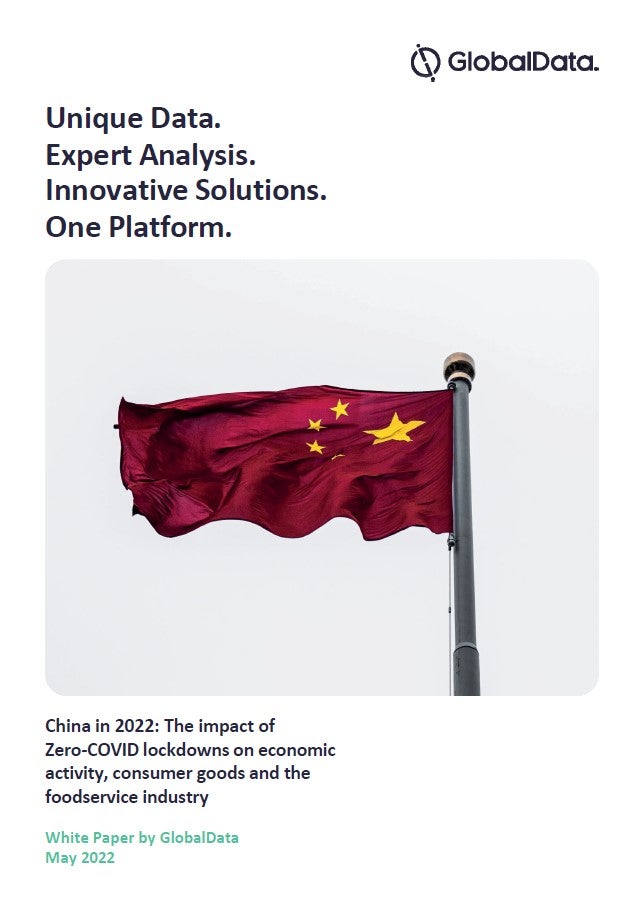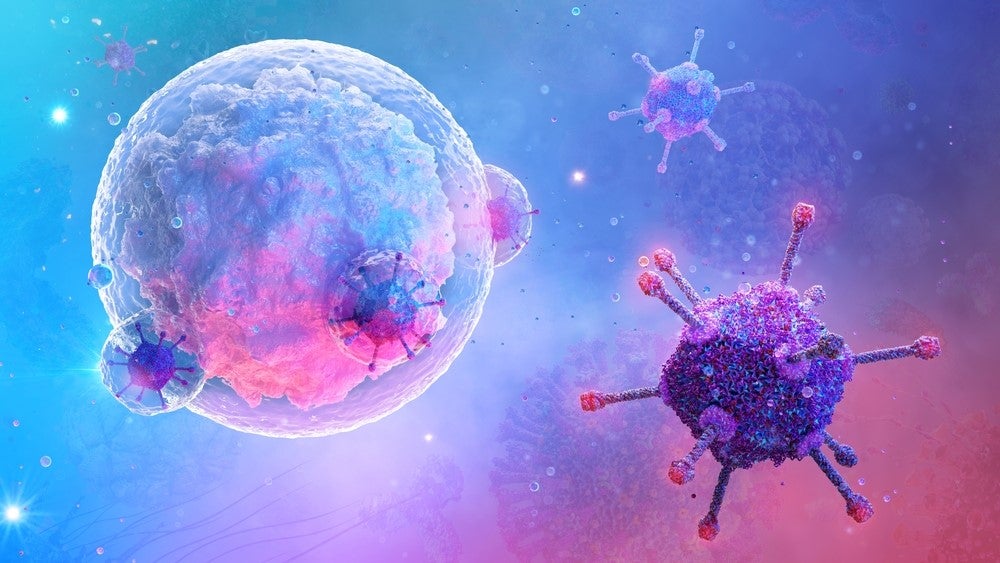
Plasma is the liquid component of blood; although it is 90% water, it also contains salts, enzymes, antibodies and other proteins. It is very useful for clotting blood, regulating the body’s pH levels, as well as fighting diseases.
“Plasma is an important potential source for therapeutic use in this pandemic,” notes Takeda’s head of plasma-derived therapies and co-leader of the industry-wide CoVIg-19 Plasma Alliance Julie Kim. “When individuals recover from Covid-19, they develop antibodies against the virus, which are present in their plasma. This is known as convalescent plasma.”
Uses of convalescent plasma in the Covid-19 pandemic
There are two ways that convalescent plasma donations from those who have recovered from Covid-19 could be useful to tackle the pandemic: direct transfusions and the manufacture of hyperimmune plasma-derived therapies.
Convalescent plasma transfusions “can be used for patients who are very sick. It boosts their immune system and gives them the necessary antibodies to fight the disease”, explains Plasma Protein Therapeutics Association (PPTA) president and CEO Amy Efantis. These transfusions are already being performed on emergency authorisation in the US, as well as investigated for safety and efficacy in various studies. Funded by the UK Government, London’s Guy’s and St Thomas’ NHS Foundation Trust is conducting a major international study of convalescent plasma transfusions.
Although these transfusions are an excellent short-term solution, the CoVIg-19 plasma alliance has brought together companies from across the plasma space to research, develop and manufacture a so-called hyperimmune globulin (H-Ig) therapies from the plasma donations.
How well do you really know your competitors?
Access the most comprehensive Company Profiles on the market, powered by GlobalData. Save hours of research. Gain competitive edge.

Thank you!
Your download email will arrive shortly
Not ready to buy yet? Download a free sample
We are confident about the unique quality of our Company Profiles. However, we want you to make the most beneficial decision for your business, so we offer a free sample that you can download by submitting the below form
By GlobalData“This type of hyperimmune therapy has previously been shown to be effective in treating severe viral respiratory infections,” states Kim. “H-Ig therapies were previously employed in the context of epidemics and pandemics, including the 2009-2010 H1N1 influenza virus pandemic.”
Comparing plasma transfusions and H-Ig therapies
For convalescent plasma transfusions, the plasma is simply donated from recovered patients who have been symptom-free for 14 days. It is then screened for viruses and relevant antibodies against SARS-CoV-2 virus that causes Covid-19, and compatibility blood type matching between donors and patients is carried out, before it is transfused directly into a sick patient.
In comparison, effective H-Ig approaches would be a real step forward on convalescent plasma infusions in the fight against Covid-19, says Efantis. For these therapies, “the plasma is pooled, concentrated and purified, resulting in a vial of medicine with consistent levels of antibodies in each unit that is easy to store, distribute and administer to patients,” explains Kim.
Through the manufacturing process, H-Ig therapies are standardized to have a consistent level of virus-specific antibodies. Due to these processing steps, H-Ig therapies do not require blood type matching like plasma transfusions. With plasma transfusions the amount and range of antibodies varies significantly between donors, so it is very hard to deliver a standardised dose.
Other advantages of H-Ig therapies
Another problem with convalescent plasma transfusion is a lack of scalability. “You can’t treat very many people [with the transfusion approach],” says PPTA medical director Larisa Cervenakova. “With approximately 600 millilitres of plasma, you can treat approximately three patients.” “Its individual and variable nature make it difficult to produce at large scale,” notes Kim.
Linked to this, transfusions have to be used or frozen within 24 hours of collection. Although the manufacturing process for H-Ig is much more complex, it has a much longer shelf life of 24-36 months.
Cervenakova also notes that H-Ig therapies have a very good safety profile. This because all viruses found in the plasma have been inactivated in at least three dedicated manufacturing steps, therefore reducing the risk of transmitting any viruses, not just SARS-CoV-2, from donors to patients, according to Kim. This safety profile has been proven from plasma-derived therapies’ use in other conditions, such as primary immune deficiencies and hepatitis A and B.
Finally, Efantis explains convalescent plasma is often being used for those who are very ill with Covid-19. H-Ig therapies, on the other hand, have the potential to “provide ‘passive’ immunity to the new coronavirus, [as] it contains antibodies that help the immune system immediately fight the coronavirus,” explains Kim.
This means they can, like vaccines, be used prophylactically for healthcare workers or those at higher risk of exposure to Covid-19, Efantis and Cervanekova emphasise. In fact, they can do this faster than vaccines, which confer so-called ‘active’ immunity where the immune system has to develop its own antibodies against the virus over several weeks.
The importance of collaboration
A central theme of the pharma industry’s response to the Covid-19 pandemic has been collaboration. Takeda has taken this one step further with its unprecedented partnership with other members of the plasma community to create the CoVIg-19 alliance, which aims to successfully develop an H-Ig against Covid-19.
“The challenges presented by Covid-19 are tremendous and in order to have the reach necessary to meet these challenges – it takes effort, know-how and collaborative discussions, the sharing of past successes and failures to expedite the discovery process and outline a path to produce a potential therapy,” argues ADMA Biologics president and CEO Adam Grossman. ADMA is another of the ten members of the alliance; it has expertise in “the composition and use of an Ig for the prevention and treatment of a respiratory tract infection”.
By collaborating, the CoVIg-19 alliance has been able to ramp up donation collection of convalescent plasma; Enfantis states this is the biggest challenge facing all plasma products. They have started an international awareness campaign about the need for plasma and to encourage people to donate called “The Fight Is In Us“.
In addition, the alliance has been supported by other companies outside of the plasma space, such as Microsoft and Uber Health. The former’s Plasmabot helps potential donors quickly and easily find information about donating and their local collection centre, while Uber Health has donated 25,000 round-trip rides to take donors to and from those centres.
Kim notes: “We are now seeing some good momentum in collection and already have sufficient volumes to start clinical manufacturing, but the more we collect – and the more quickly – the faster we can go and the more we can potentially make.”
Looking beyond the pandemic, Enfantis emphasises: “One of the silver linings of Covid-19 is that there is raised awareness in the general public about plasma, and hopefully it will be sustainable [in the future].”
Could an H-Ig therapy against Covid-19 be launched in 2020?
This focused, coordinated approach has been essential to the alliance making “good progress on the investigational medicine,” notes Kim.
The alliance is working with the US National Institute of Allergy and Infectious Diseases (NIAID) to test the safety, tolerability and efficacy of H-Ig in adult patients hospitalised with Covid-19. The study is expected to begin in the summer, and it will set the foundation for future, potential regulatory approvals of the H-Ig therapy.
“The timing [of approvals] depends on many factors, but in the best-case scenario, it could be available this year, which would make it one of the earliest approved scalable treatment options [for Covid-19],” Kim concludes.





